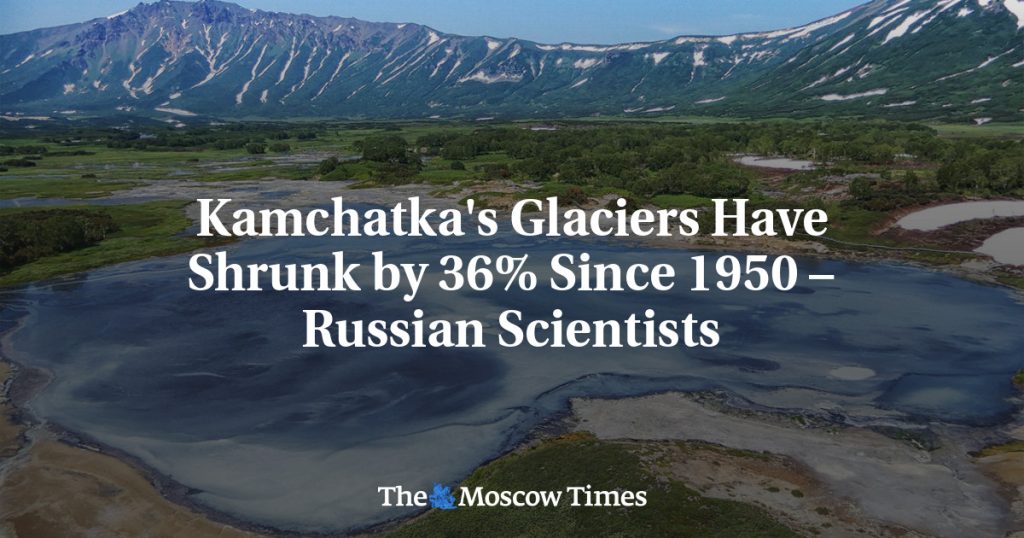Glaciers on Russia’s Far East Kamchatka Peninsula have shrunk by over a third since the mid-20th century, with researchers from the Institute of Geography of the Russian Academy of Sciences noting a 36% loss of glacier areas on the Sredinny Range and the Kronotsky Peninsula since 1950. The rate of retreat of ice caps in the northern Sredinny Range has increased significantly from 2002 to 2017 compared to the previous half-century. These changes have been attributed to a summertime temperature increase of 0.3 degrees Celsius per decade in certain parts of Kamchatka, as well as a decrease in winter precipitation, leading to accelerated glacier melt throughout the region.
Researchers have also observed higher-than-normal levels of solar radiation in the northern and northwestern parts of Kamchatka during the summer months from May to September. This increase in solar radiation has been linked to decreased cloud cover caused by anticyclones, which has likely contributed to the rapid retreat of glaciers in the region. The scientists believe that the more frequent anticyclones over Kamchatka are a result of the “expansion of the tropics,” a phenomenon driven by human-induced climate change as tropical zones advance towards the Earth’s poles, impacting weather patterns and temperatures in various regions.
The impacts of climate change in Kamchatka have raised concerns about the future of the region, known as the “land of fire and ice” due to its active volcanoes and expansive glaciers. With accelerated glacier melt threatening the landscape and ecosystem of Kamchatka, the issue of climate change is becoming increasingly urgent for local researchers and scientists. The evidence of glacier retreat and changing weather patterns in the area highlights the need for immediate action to mitigate the effects of climate change and protect the unique environment of Kamchatka for future generations.
In addition to the glacier shrinkage in Kamchatka, several Russian regions in the Urals and western Siberia have been experiencing devastating floods since early April. Experts warn that these floods could become more frequent as climate change progresses, highlighting the interconnected nature of environmental issues across different regions. The increasing frequency of extreme weather events in various parts of Russia underscores the importance of addressing climate change on a global scale to prevent further ecological damage and protect vulnerable communities from the impacts of a changing climate.
As the effects of climate change become more pronounced in Kamchatka and other regions of Russia, the need for greater awareness and action to combat global warming is becoming increasingly urgent. The correlation between glacier shrinkage, changing weather patterns, and more frequent extreme weather events underscores the interconnectedness of environmental issues and the importance of implementing sustainable practices to mitigate the impacts of climate change. By understanding the causes and effects of climate change and implementing effective solutions, policymakers, researchers, and communities can work together to address the challenges posed by a warming planet and protect the natural beauty and biodiversity of regions like Kamchatka for future generations.
With the continued retreat of glaciers in Kamchatka and the increasing frequency of extreme weather events in various regions of Russia, the issue of climate change is becoming a critical concern that requires immediate action. By studying the impacts of climate change on glaciers, weather patterns, and ecosystems in Kamchatka and beyond, researchers can inform policy decisions and advocate for sustainable practices to mitigate the effects of global warming. Through collaboration and innovation, it is possible to address the challenges posed by climate change and work towards a more sustainable future that preserves the unique landscapes and biodiversity of regions like Kamchatka for generations to come.


